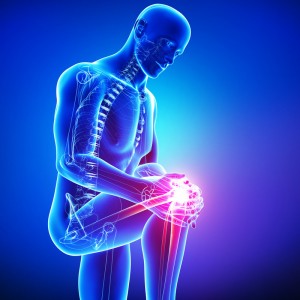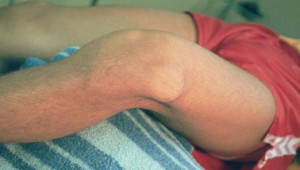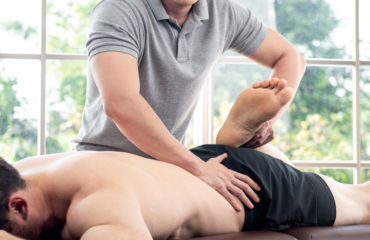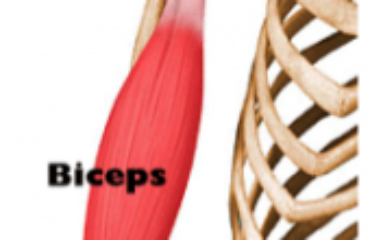According to an estimate, nearly 10.4 million patients visit doctors’ offices due to knee injuries, such as sprains, dislocations, fractures, and ligament tears. Here is a brief look at some common sport knee injuries along with their treatment options.
Anterior Cruciate Ligament Injury (ACL)
An ACL sprain may result from a collision or sudden twisting of the knee. Athletes suffering from this injury may experience pain in the knee joint along with swelling occurring from bleeding within the joint. This may restrict the range of movement, as well as cause difficulty in straightening the leg.
For this type of injury, an ACL surgery is recommended. The ACL surgery involves reconstruction and repairing of ACL to restore the movement of the knee. In ACL surgery, a graft is transplanted to replace the ligament. Usually, the graft is taken from the patient’s own body, such as the tendon of the hamstring muscle or the kneecap.
Medial Collateral Ligament Injuries (MCL)
Medial ligament collateral or MCL injuries are common in contact sports such as rugby, football, and martial arts. These injuries usually result from sudden falls and twists of the knee joint, which may cause pain and swelling in the knee area.
On average, it may take six weeks for a MCL injury to heal completely. The MCL treatment focuses on alleviating pain and inflammation while immobilizing the knee to stabilize it. The patient is required to wear a lightweight case or brace that restricts the movement of the knee to keep it immobilized for a certain period of time. Besides this, the custom designed brace or cast not only prevents the patient from bending the knee, but also helps to modify their behavior so that they could avoid overstressing their knees.
In most cases, MCL could be treated through non surgical procedures quite effectively. However, if the injury is severe and has not responded well to bracing, surgery may be recommended.
Patellar Dislocation
Patellar dislocation is usually caused by a direct blow or a sudden twist of the knee. The condition occurs when the patella  (kneecap) slips out of its normal position.
(kneecap) slips out of its normal position.
Patellar dislocation is common in sports involving a sudden motion or twisting of the knee, such as gymnastics, soccer, and ice hockey. The condition is common among young athletes aged between 16 and 20 than any other group.
During the acute phase of dislocation, the primary goal is to reduce the pain and inflammation in the knee. The patient should be immediately evaluated through radiographic examination.
If the dislocation did not break a bone or damage cartilage, the condition could be treated through immobilizing techniques. In order for this, a posterior splint may be applied to the knee area to reduce further risks of dislocations.
If X-rays or arthroscopy show any signs of loose fragments of bone or any other structural damage, the physician may recommend a surgery to reconstruct the damaged ligament using a donor tendon.
A sports knee injury could be extremely detrimental to an athlete’s overall health. However, it is important for them to seek immediate medical guidance as soon as the problem emerges.


